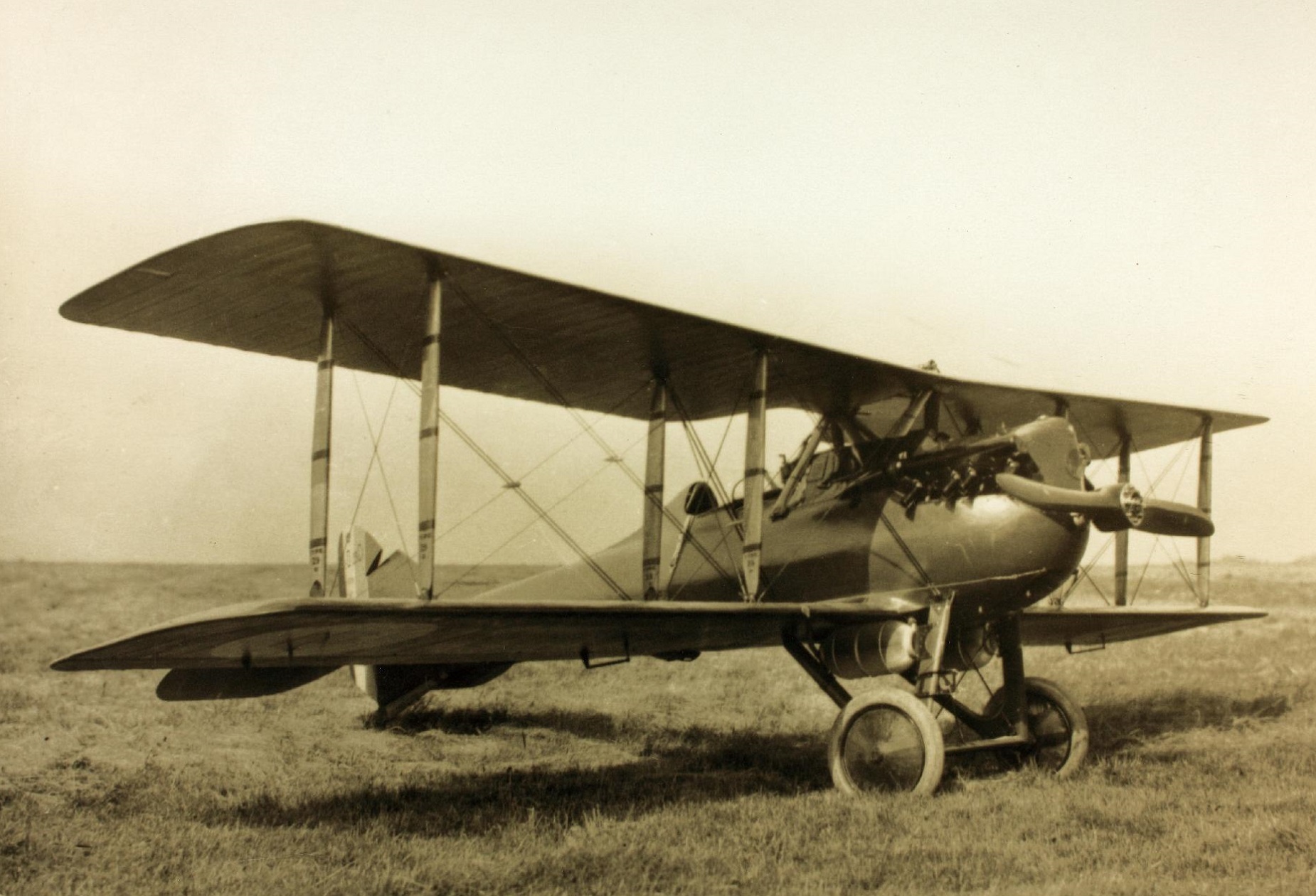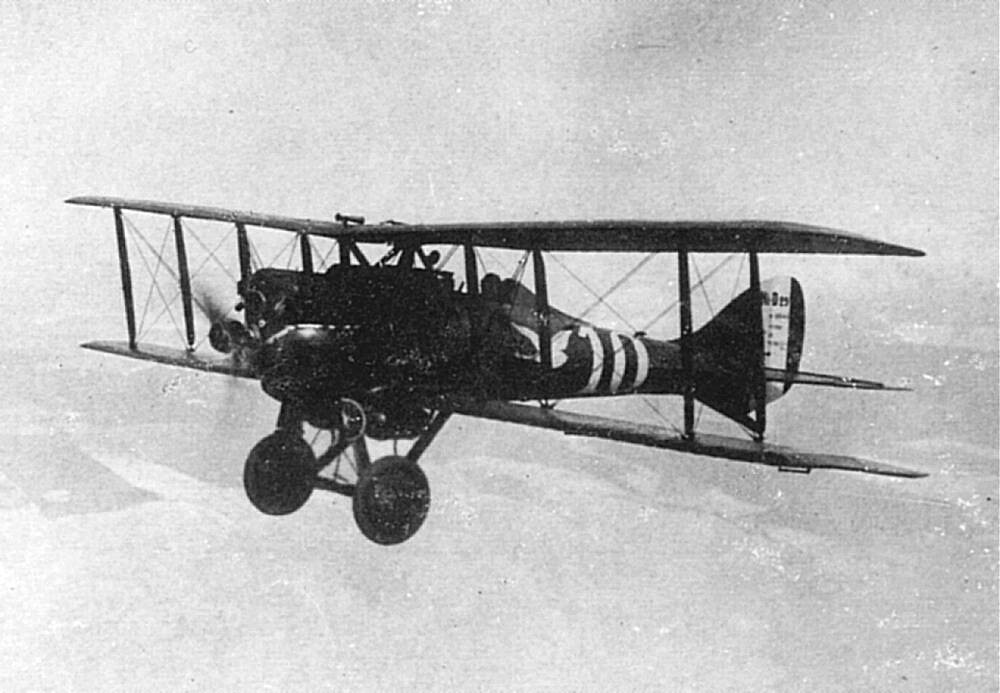- Yes
- No
About the interest of WW1 planes in War Thunder
Obviously, the performances of WW1 aircrafts are completely inadequate even for reserve tier air battles, nevertheless, as shown during the Great War event of April 2025, it can perfectly fit in the game as its own separate game mode, much like helicopters. So I certainly think these aircrafts are fair game.
About this aircraft and its interest in War Thunder
Although this aircraft formally entered service in 1922, it was made during the Great War, its final prototype being delayed by the end of the conflict. Its performances are perfectly adequate within the frame of the conflict. It’s a standard twin MG biplane with an average climb speed, and excellent (the best) speed. It definitely has a place in the game along with the late 1918 prototypes like the Siemens-Schuckert aircrafts or the Martinsyde F.4 Buzzard.
History
In 1917, as the current Nieuport line was starting to show its limits through its last evolution, the Nieuport 28, Gustave Delage started working on an aircraft that could reach 220 km/h. Three to four prototypes later, in may 1918, the French Air Force’s technical service (STAé) put up new technical requirements for the next generation French fighter. It needed a 220 KpH speed while fully loaded. So Gustave Delage and engineer André Mary took the best elements of all the prototypes worked on so far : fully wooden body, powerful Hispano-Suiza 8Fb engine and a large wingspan. The Nieuport 29 was born. It was competing with the SPAD XXI, the Sopwith Dolphin and the Martinsyde F.4 Buzzard, sharing the same engine. Although the fastest of the bunch, it had one of the slowest climb. Back to the drawing board then, it was lightened in several places for the 3rd prototype, only… the war ended before it could first fly. Obviously, the end of the war effort slowed down the development of the plane, until the reorganisation of the French army in 1920, which selected the Nieuport 29 as their main fighter.
The NiD 29 entered service in 1922, and quickly became a best seller across the world, its most important users being France, obviously, Spain, Italy and Japan, which produced it under the name Nakajima Ko.4. Somewhere around 1200 to 1500 planes were produced up until the late 1920’s. Although it mostly flew during peace time, it was used in counter-guerilla warfare in Morocco by the French army in 1925, during the Rif War. For this particular occasion, Bomb racks Michelin n°4 were added to carry six 10kg bombs (3 on each side). Another civilian variant, the NiD29V, modified the engine and reduced the wingspan to draw out as much speed and as much power as possible in order to participate to air races. It set multiple speed records, such as the first aircraft to reach 300 km/h, and won several Deutsches de la Meurthe and Gordon Benett cup in 1920. Its service ended in 1933, but some were seen in Asia up until the early 1940’s.
Nowadays, only one aircraft survived, and it’s part of the Bourget museum exhibit in Paris.
General Characteristics :
Empty Weight: 760 KG
Max weight: 1192 kg
Wingspan: 9.70m
Length: 6.49m
Height: 2.56m
Wing Area: 26.7m2
Engine: Hispano Suiza V8Fb –(300hp)
Maximum Speed: 235 km/h (sea level)
Service Ceiling: 8500 m
Endurance: 2h, 580km
Rate of climb: 6.06 m/s
Armament :
2 x 7.7mm Vickers mk.1 (encased in metal plates) - 500 rpg
6 x 10kg bombs (3 per wing on Michelin n°4 bomb racks)
Photos :
Sources :
Spoiler
SANGER Ray, Nieuport Aircraft of World War One, Crowood Press, Marlborough, Wilts, United Kingdom, 2002
FERNANDEZ Jose, Nieuport-Delage Ni-D 29 & Ni-D 62 Family, Mushroom Model Publications, 2011
Nieuport-Delage 29. Les avions
Nieuport Ni-D 29 C1 - Passion pour l'aviation
Nieuport-Delage Ni-D.29 — avionslegendaires.net


